Has there ever been as enthusiastic a guest on the Cool Tools podcast as Susie Bright?
To say nothing of the breadth of her tool recommendation choices: Gingher Craft Scissors, Palomino Blackwing 602 Pencils, the Original Magic Wand and the Heavy Duty Commercial Potato Ricer.
Truly an episode where the deadpan curiosity of co-hosts Kevin Kelly and Mark Frauenfelder provides an excellent canvas on which Bright can paint.
When Hurricane Juan struck Prince Edward Island in 2003, our neighbourhood, while not devastated, was certainly affected: huge trees came down, power was out for several days, and there was a lot of cleaning up to do. Including, the morning after, helping to run a provincial general election, and, the day after that, holding Oliver’s 3rd birthday party.
Hurricane Dorian passed over the Island on Saturday, and, if you are following the news at all, you will see that there were significant impacts: power (still) out to a large swath of the population, barns and boats destroyed, campgrounds flooded, huge trees down.
At 100 Prince Street, though, it was almost like nothing happened: we lost power for 2 hours on Saturday afternoon, which was enough time for a good nap. The power came back on in time to let me make supper, and has been back on ever since. There was a single small branch down in the back yard, and an uptick in the number of leaves down. But that was it.
We’ve had a lot on our plate this September, so I thank the fates for sparing us the additional challenges of storm recovery. And thoughts go out to Islanders, and others in Dorian’s wake, not so-spared.
I’d like to think that the members of the Bldg. Fresh Air Intake Unit had very smart uniforms and exceptional collegiality.
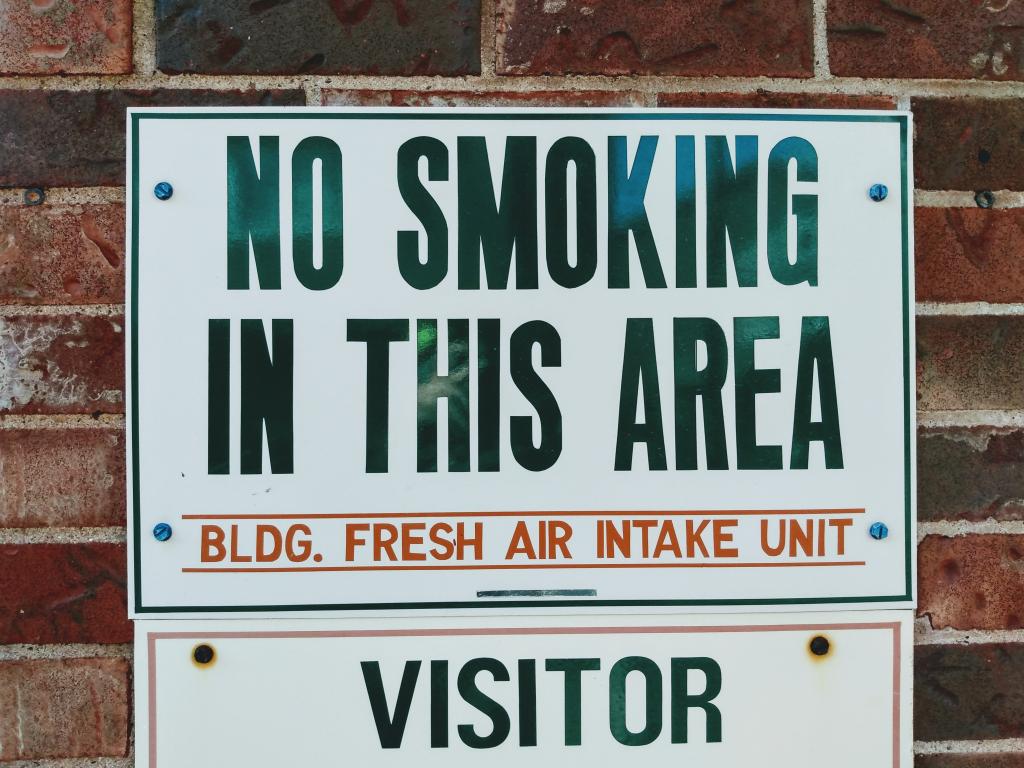
Looking back over the year so far, by far and away the most profound experience I’ve had came at the closing supper of Crafting {:} a Life, where my friend Elmine read a story, fresh that day from her intensely creative mind, titled The Oodlanders.
I am not one to break down in tears. And I am certainly not one to break down in tears in public.
But I did that night as Elmine read.
I’m still gutted where I listen to it now, on this web page where she’s posted an updated reading, along with the downloadable text.
In the afterword, Elmine wrote:
Though real life events may have been the inspiration for writing this story, it is of course a work of fiction. Any resemblance of its characters to people known to me is purely accidental. Or not.
Or not.
Indeed.
The Irving-owned tanker Acadian was coming into the Port of Charlottetown yesterday while Oliver and I were walking around the boardwalk on the waterfront.
“I wonder if my phone can shoot time lapses,” I muttered.
“Yes it can!”, exclaimed Oliver.
And so I quickly took out my phone, opened the camera, selected “Timelapse” under “Video modes,” stuck the camera on a nearby deck for stability, and let it run. This is what resulted (it’s sped up 4x from normal):
Other than the slight tilt, which makes it look like the ship is sailing uphill, and was due the angle of the camera, it’s a satisfying result, and I’m happy to learn that my phone has this superpower.
I have been typing professionally for a living for almost 40 years, and along the way I’ve learned a thing or two about ergonomics (enough to realize I have a lot more to learn).
Today I got a message from an ailing friend looking for advice for purchasing a better working chair, and this is how I replied:
- It’s as much about the software as the hardware. In my experience, $500 on a chair + $500 on an ergonomics expert to advise (and show you how to use the chair) is a better long-term investment than $1000 on a chair.
- There is no better antidote than not working so much. No chair has been invented that will make working a 12 hour day with no breaks possible.
- It might not be the chair: the keyboard, the monitor, your mousing device, and their relative positions, can all contribute to unexpected pain in unexpected places.
- You need to spend the $500 on the ergonomics expert every year because you will forget everything they tell you.
I’ve be using my current desk chair since 2010; it comes from Chairs Limited in Dartmouth, a firm that has the advantage of being able to customize extensively.
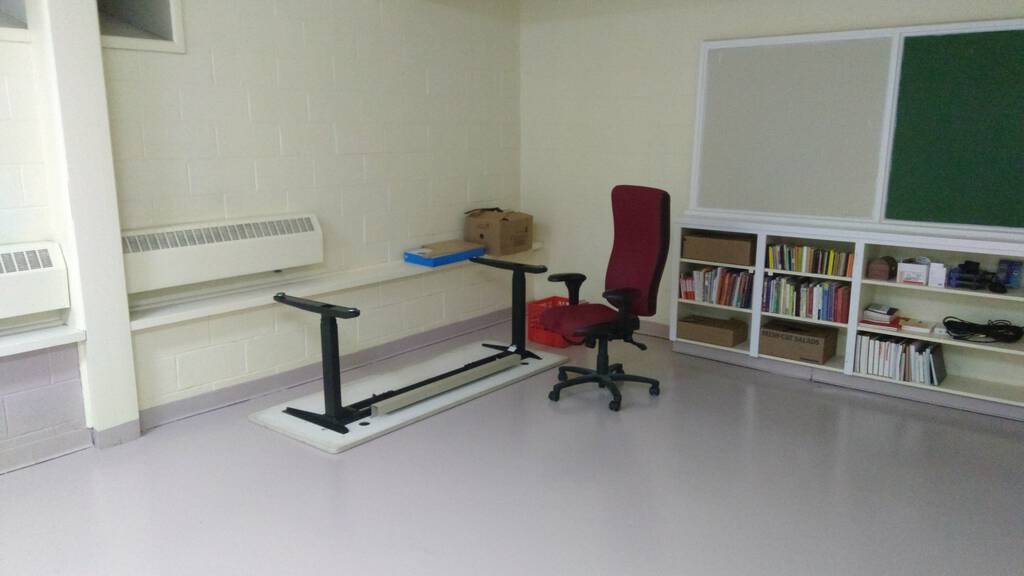
The Cotswolds-based cycle.travel site has an excellent description of itself:
Cycling is awesome. Amazingly, beautifully so. This humble machine, invented some 150 years ago, gets us to work, into town, and to see friends… faster, cheaper and plain more fun than the alternatives. It gets us to Britain’s best scenery entirely under our own steam. It gets us away from the daily grind.
Cycling gets us places. That’s why this site is called cycle.travel.
Not everyone wants to be Bradley Wiggins. There’s a lot of cycle.sport and cycle.performance on the web. We aim to be something different. For us, it’s not about the bike; it’s about the ride, and making better, more liveable cities and countryside with the bicycle as our chosen weapon.
The site also happens to have the best cycle-routing systems I’ve yet to come across, one that truly leverages the cycle-related data in OpenStreetMap to good end.
Compare, for example:
Here’s the routing via the ORSM routing algorithm from my house to the Charlottetown Farmers’ Market, one of two cycle-routing options on OpenStreetMap:
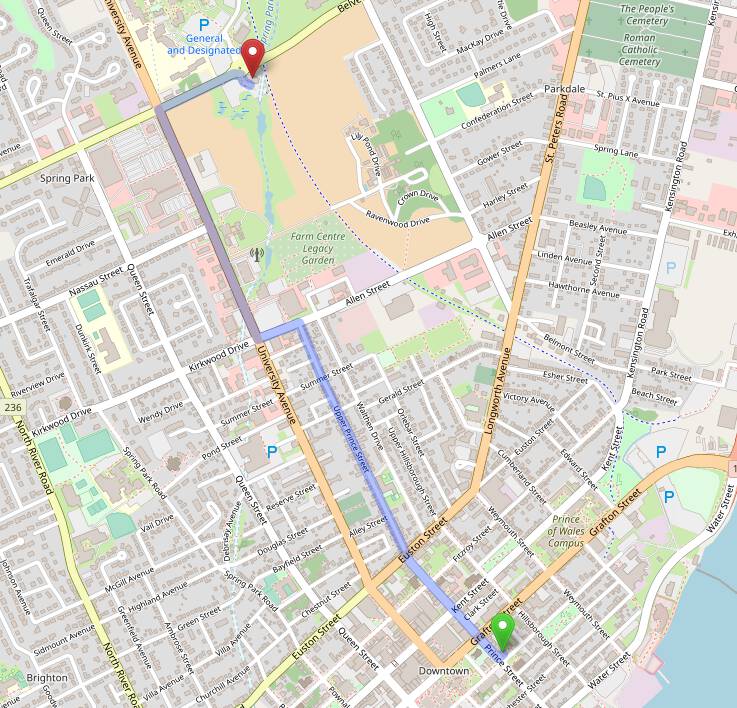
This route suffers for taking one out onto University Avenue, a very cycle-hostile street at the best of times, and particularly so north of Allen Street to Belvedere.
GraphHopper, the other OpenStreetMap cycle-routing option, is a little bit better:
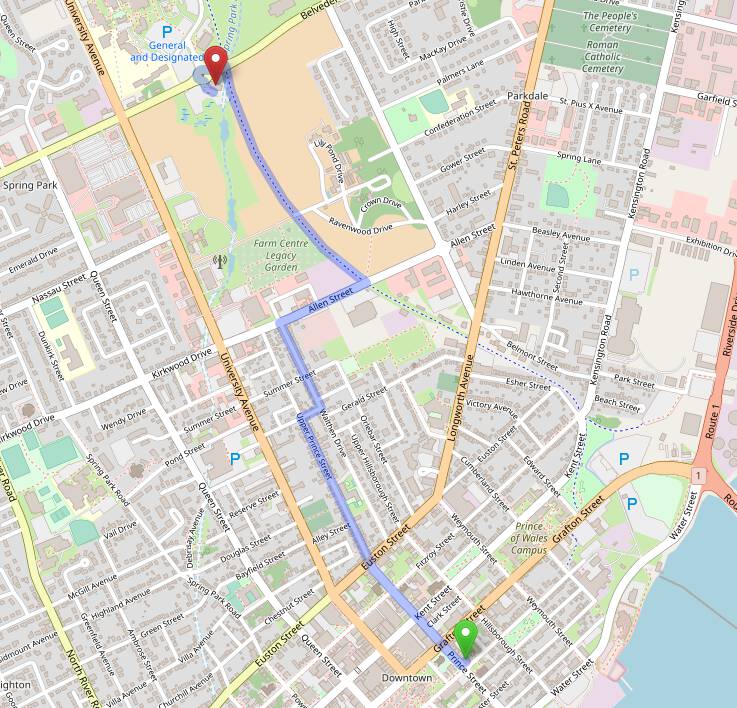
GraphHopper’s route avoids University Avenue and routes to the Confederation Trail, but that stretch of Allen Street from Walthen Drive to the trail is fraught with cycling pitfalls.
By contrast, here is the cycle.travel route, which happens to be the exact route that Oliver and I take to the market every Saturday:
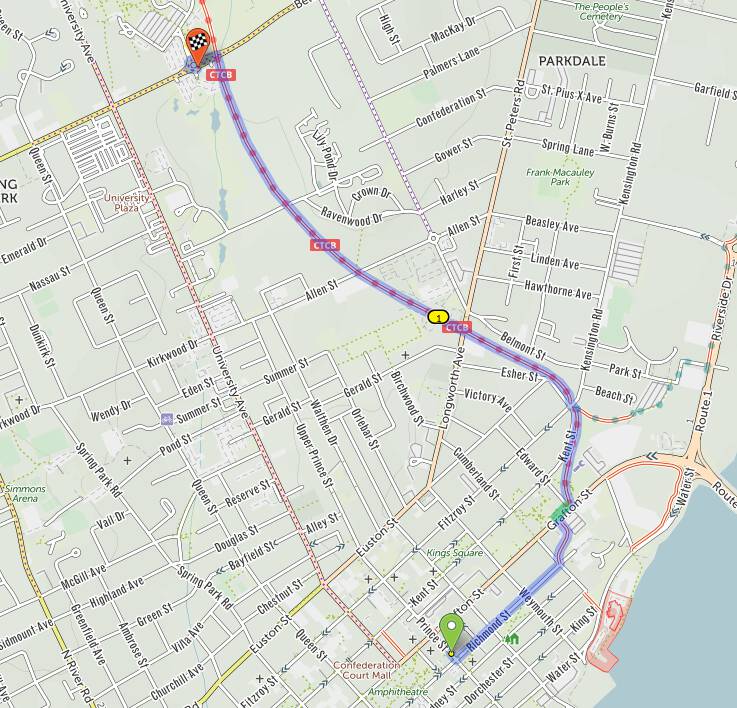
Any routing algorithm involves a struggle to weight competing factors: should the route be the fastest? the one with the gentlest hills? the safest? the most scenic?
As such finding a routing algorithm that suits your particular tastes is much like finding a coffee you like drinking. I’m glad I found mine.
In yesterday’s edition of Monica Langwe’s bookbinding-focused email newsletter she mentioned the book The Art of the Fold:
I am glad to hold “The Art of The Fold” in my hands. The book, made together with her daughter Ulla Warhol, is tastefully created and a “must have” for all working with bookbinding in a creative way.
Thank you Hedi for sharing your knowledge. I always talk about you in my courses and I am truly happy for having had the opportunity to work with you!
Per my new habit for finding good books, I checked the website for The Bookmark and found, to my surprise and delight, that they had a copy in stock. And that they closed in 20 minutes.
So I hoofed over to the store and bought it (sorry–it was the last one; more are on order).
There is a Techniques section early in the book, and the section “Dividing into an odd number of sections” caught my eye:
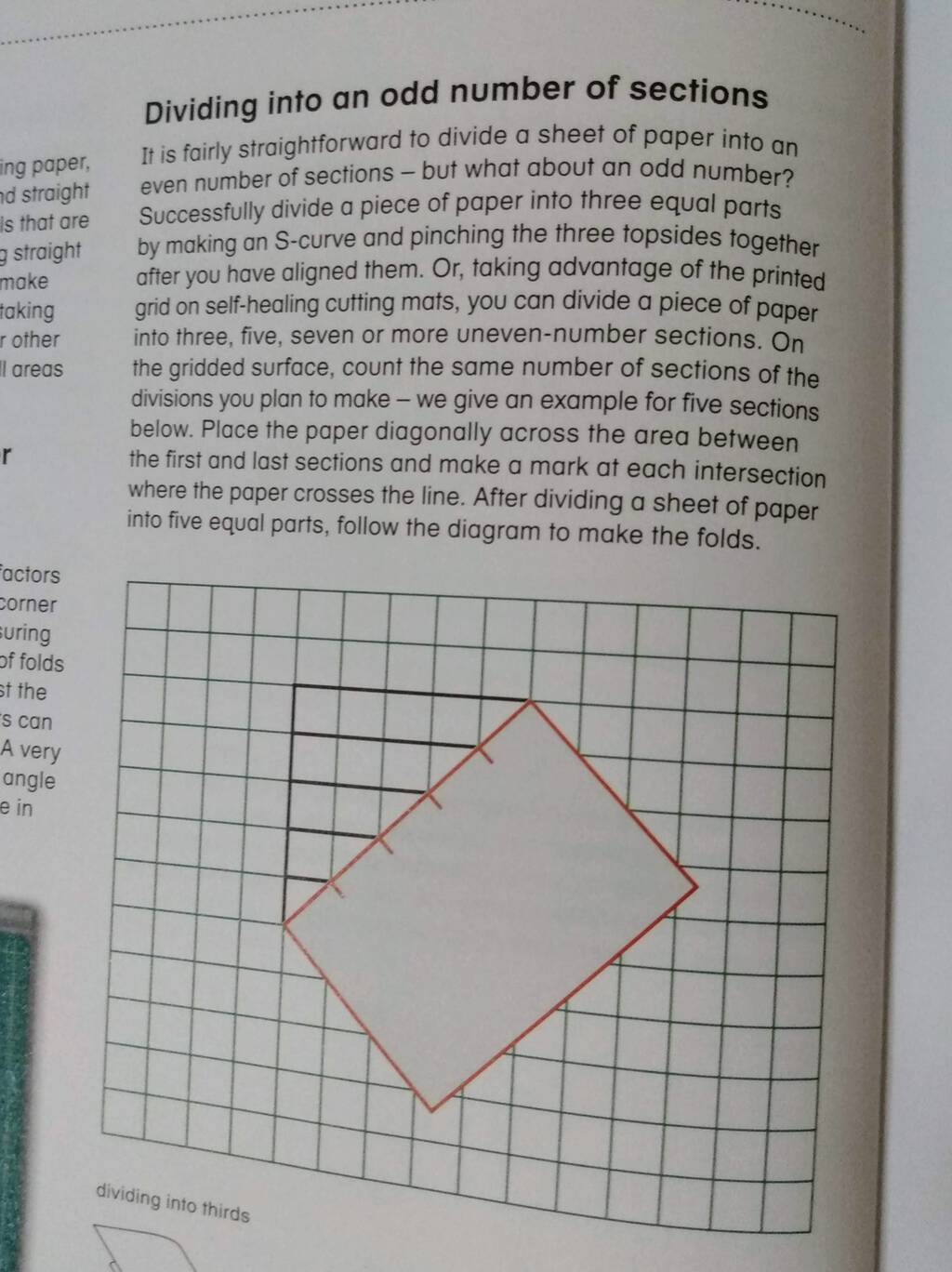
This is something I’ve struggled with a lot in my bookbinding experiments, as when stitching a binding it’s very common to need an odd number of sections along the spine of the book.
But I found the explanation, especially the visual, in The Art of the Fold confusing because it shows a piece of paper that happens to neatly fit along the hypotenuse of a 5x5 triangle, and that’s often not the case.
What I realized is that it’s best to ignore the illustration, and follow the theory; here’s my experiment:
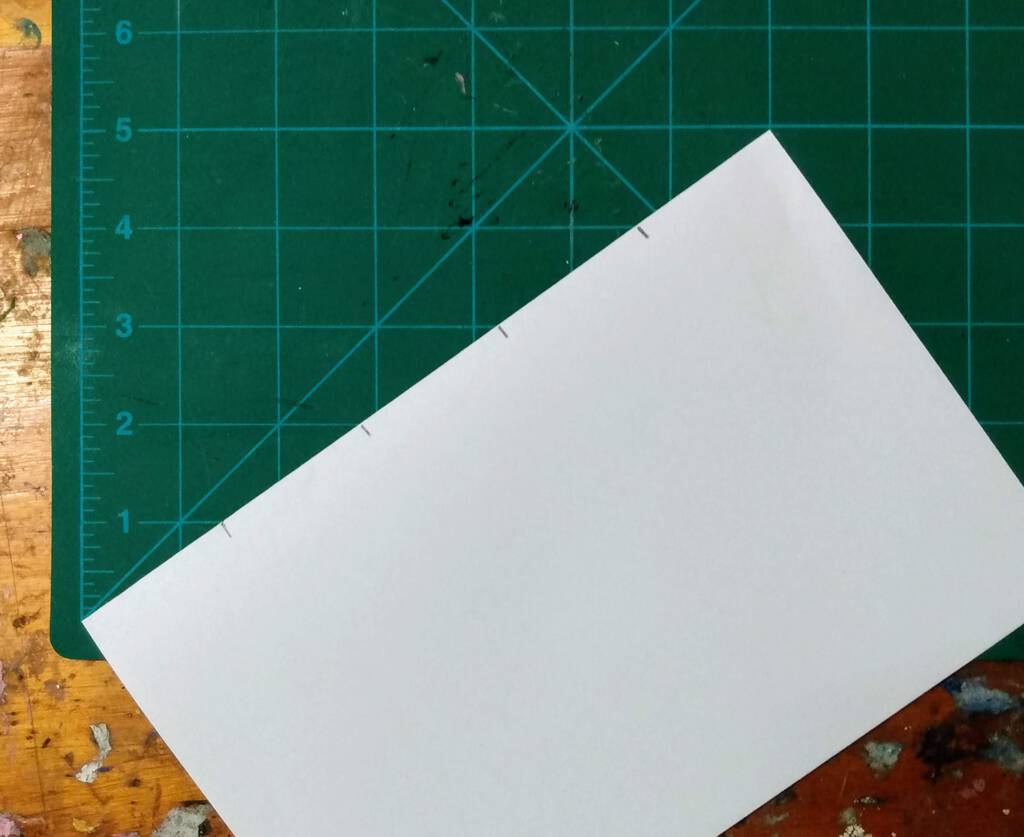
The key to figuring this out for me was that the X axis can be ignored completely; it’s only the Y axis that matters.
So the bottom-left corner goes at 0,0, and the top-right corner is set to wherever it lands on the Y axis at the number of sections you want (in this case 5). Then the Y axis markings–1, 2, 3, 4– are used to mark the sheet into that number of sections.
My confusion or not, it’s a great hack, and worth the price of the book already.
I’m very excited about being able to dive deeper into The Art of the Fold.
I am a subscriber to the excellent Notes from a Small Press email newsletter, by Anne Trubek, founder and director of Belt Publishing. I’m not sure how I found my way there; I suspect Robin Sloan may have been involved.
In this week’s edition of the newsletter, Anne writes about the backlist; in part:
The backlist—named after the place in a publisher catalog where the titles are listed—are books that were published at least six months earlier. Most sales for a book occur while they are on the frontlist (you probably can guess where that terms comes from), specifically during the first 90 days after publication date, though many of those sales occur in the month or two before publication, in those initial orders placed in anticipation. When a title is a frontlist, it’s costing publishers money and time: we are paying off printing bills (usually the highest single expense), publicity costs, marketing, designers, proofreaders—all those items that are figured into the P&L, or profit-and-loss statement. And we are thinking about how to do all those things better, and biting our nails. But after six months or so, that time and those costs subside, and the book moves to the backlist. All the costs have been paid off, and it consumes less of our mental energy. Which means each time we sell a copy of a backlist title, a much higher percentage of the revenue goes straight to our bottom line. One backlist sale equals about three frontlist ones in my mind.
Farther down she referenced the Belt book How to Live in Detroit Without Being a Jackass.
Excellent title.
I was curious, sought more information, and found:
Are you moving to Detroit because your rent is too high? Did you read somewhere that all you needed to buy a house was the change in your couch cushions? Are you terrified to live in a majority-black city? Welcome to Detroit! And welcome to the guidebook that you coastal transplants, wary suburbanites, unwitting gentrifiers, idealistic starter-uppers and curious onlookers desperately need. Now updated for 2018, How to Live In Detroit Without Being A Jackass offers advice on everything from how to buy and rehab a house to how not to sound like an uninformed racist. Let us help you avoid falling into the “jackass” trap and become the productive, healthy Detroiter you’ve always wanted to be.
That’s a book up my alley. So I bopped over to the website of The Bookmark, my local independent bookseller, and tried to order a copy. I was dismayed to find that the book was listed there as:
special order - may be slow to obtain - suppliers are waiting for stock
Concerned that something was amiss with the backlist pipes, I emailed Anne, and she quickly responded, advising me to check that the ISBN I’d ordered was 978-1948742313, which is for the more recent second edition.
It was not.
I’d ordered the first edition, which is, indeed, “slow to obtain.” But the second edition, The Bookmark’s website tells me, can be here in 13 days or less. So I switched out my order and I eagerly await my copy.
In the meantime, I followed another link from Anne’s newsletter to the newsletter Quoth the Raven, penned by Danny Caine, the proprietor of the Lawrence, Kansas The Raven Book Store. My first issue arrived in my inbox today; it is a collection of snippets from the book-selling floor, including:
Today we had a launch party for Sarah Henning’s Sea Witch. We ordered 75 books, which felt decadent, reckless. Selling even 50 of those would smash in-store event sales records. Last time we checked, the Facebook event had 40 people “going” and 120 “interested.” 100 people showed up, the store was stuffed and sweaty. The crowd spilled onto the sidewalk. We sold out of books with ten minutes to go before the event even started. The first two customers bought five and six books each, respectively, and I knew we were screwed in the best way.
I have long maintained that what’s next in retail is not the challenge of providing more choice, but rather the challenge of providing less choice.
The algorithms were supposed to solve this problem for us, but they’ve proved not up to the task, for they’ve no way of jumping over conceptual fences to recommend the unexpected.
Anne and Danny understand this, I think. I’m happy I found my way to them, and I look forward to having them narrow my choices.
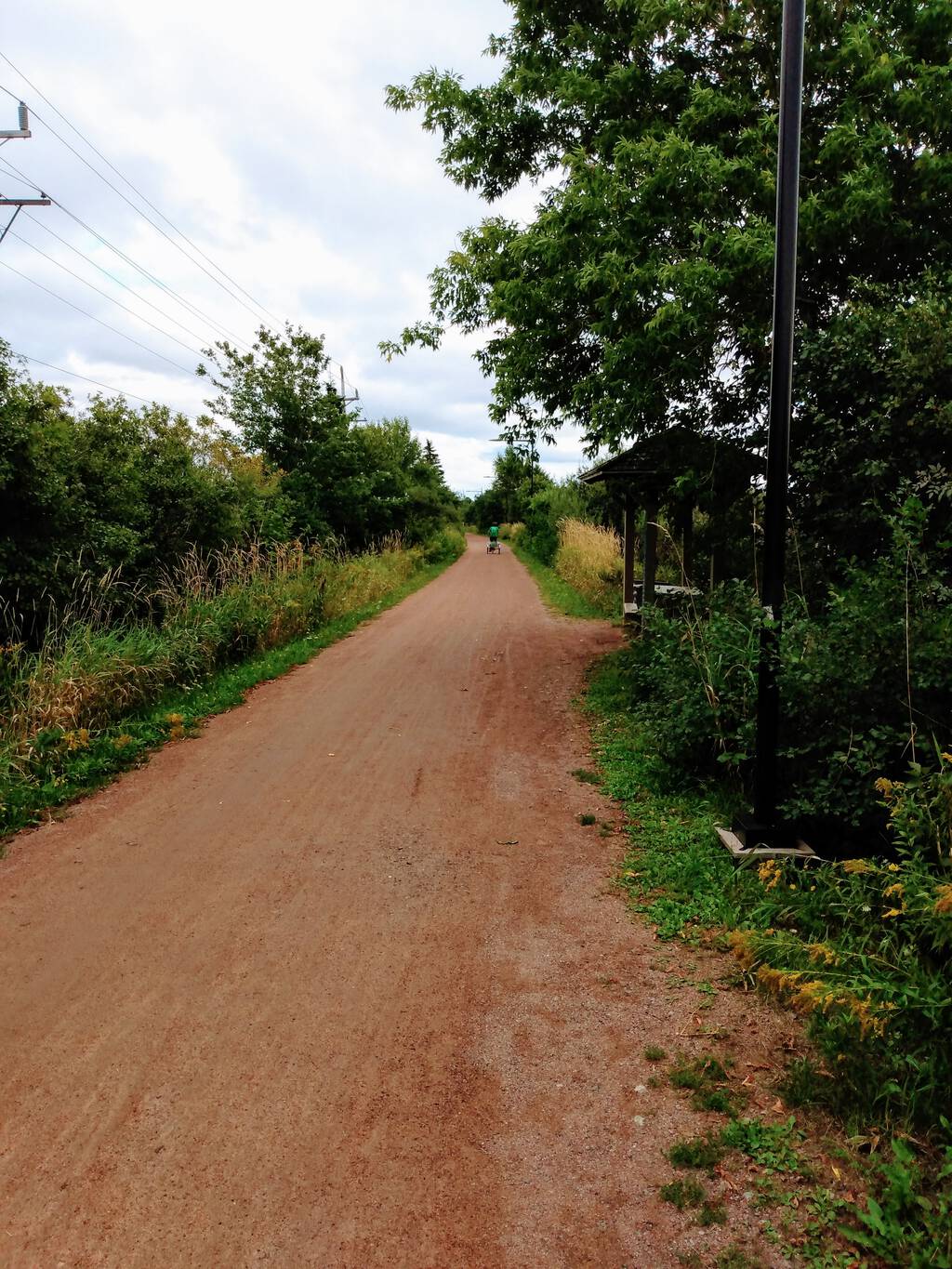
 I am
I am